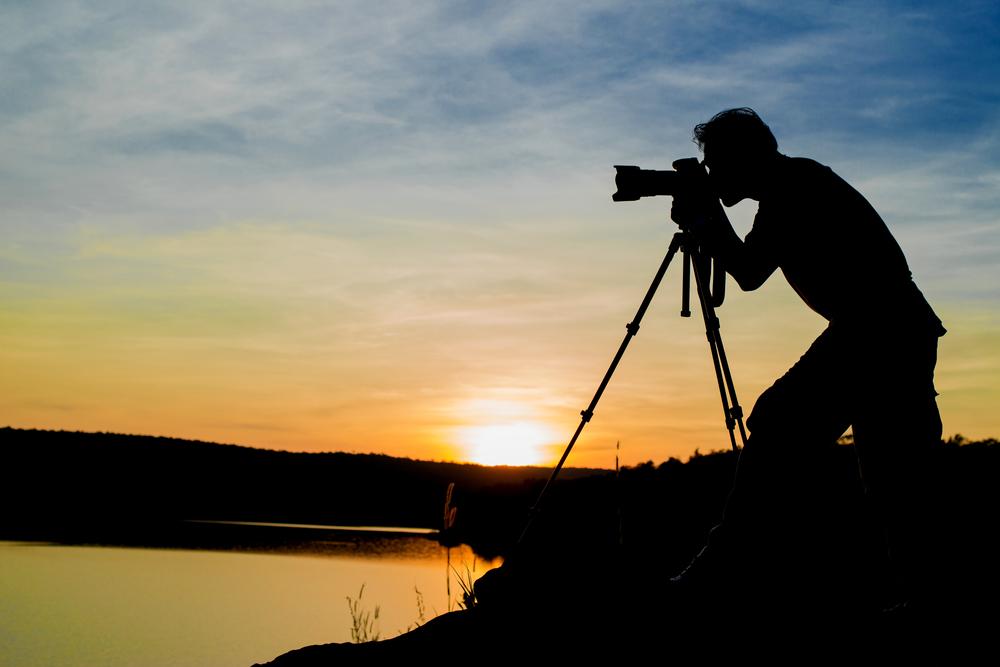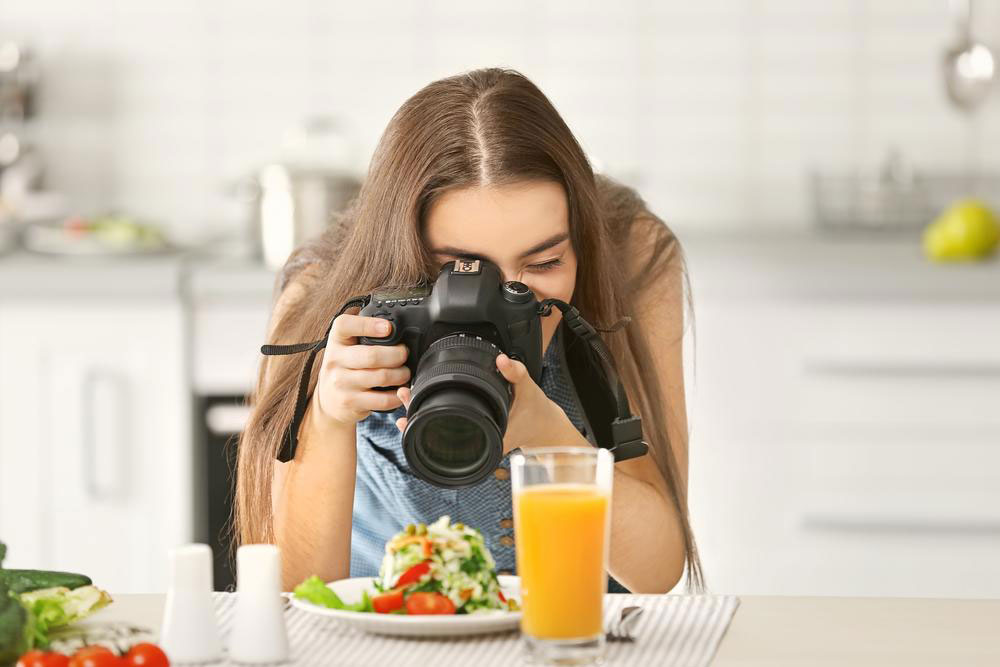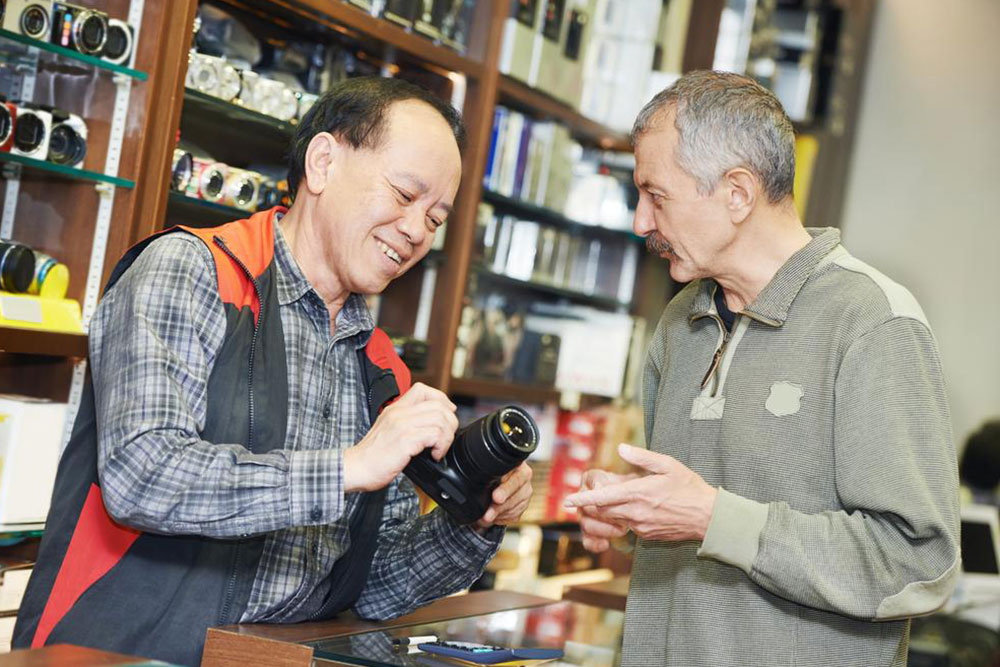Essential Guidelines to Master Photography and Capture Stunning Images
Learn the essential principles of photography including shutter speed, aperture, and ISO. Understand how to control exposure, capture motion, and create stunning images through fundamental camera settings and composition techniques. This comprehensive guide is ideal for beginners aiming to improve their photography skills and produce professional-quality photos across different scenarios.

Fundamental Principles to Elevate Your Photography Skills and Create Captivating Visuals
Photography is an alluring art form that combines technical knowledge with creative vision. Whether you’re an aspiring hobbyist or aiming to turn your passion into a profession, understanding the core principles of photography is crucial before investing in high-end equipment. The right combination of gear and foundational skills can open numerous opportunities, from selling images to stock agencies to establishing a successful photography career.
Three essential components form the backbone of great photography: shutter speed, aperture, and ISO. Mastering these elements allows you to control exposure, capture motion creatively, and achieve desired depth of field. Developing a solid understanding of these fundamentals will significantly improve your ability to produce high-quality images across various lighting and scene conditions.
Understanding Shutter Speed
Shutter speed refers to the duration the shutter remains open, influencing both exposure and motion portrayal in your images.
It determines how long light hits the camera sensor, which directly affects the brightness and sharpness of your photos.
Adjusting shutter speed enables photographers to freeze fast-moving action or convey a sense of motion through blur. A faster shutter speed (e.g., 1/1000th sec) captures crisp images of moving subjects, essential in sports photography. Conversely, a slower shutter speed (e.g., 1/4 sec) can be used creatively to depict motion or water smoothness.
For most general photography situations, a shutter speed of about 1/60th of a second is suitable. High shutter speeds are preferable for high-speed subjects like races or sports, preventing motion blur. Learning to control shutter speed is fundamental to achieving clear, professional-looking results in various scenarios.
Mastering Aperture
Aperture controls the amount of light entering the lens, affecting exposure and the depth of field.
Proper adjustment of aperture is vital to avoid images that are too dark or overly bright, based on ambient lighting conditions.
This setting greatly influences the focusing zone: larger apertures (smaller f-numbers such as f/1.8) create a shallow depth of field — perfect for portraits where the subject is sharp, with a blurred background. Smaller apertures (larger f-numbers like f/16) increase the depth of field, keeping more of the scene in focus, ideal for landscape photography.
ISO Sensitivity
ISO measures the camera sensor's sensitivity to light, impacting both brightness and image noise.
Lower ISO settings (e.g., 100-400) are optimal in well-lit environments, producing cleaner images with minimal grain.
Higher ISO settings (e.g., 1600 and above) are useful in low-light conditions, allowing for brighter photos without a flash, but they tend to introduce digital noise, which can reduce image quality.
Achieving an excellent photograph involves harmoniously balancing shutter speed, aperture, and ISO. This triad, combined with understanding lighting conditions, enables photographers to capture well-exposed images regardless of scene complexity. Additionally, adjusting white balance settings ensures accurate color reproduction in various lighting environments.
Beyond camera settings, compositional techniques such as the rule of thirds, framing, leading lines, and subject placement significantly enhance storytelling and visual appeal. Developing these skills through consistent practice is the key to mastering photography and creating compelling images that resonate with viewers.




